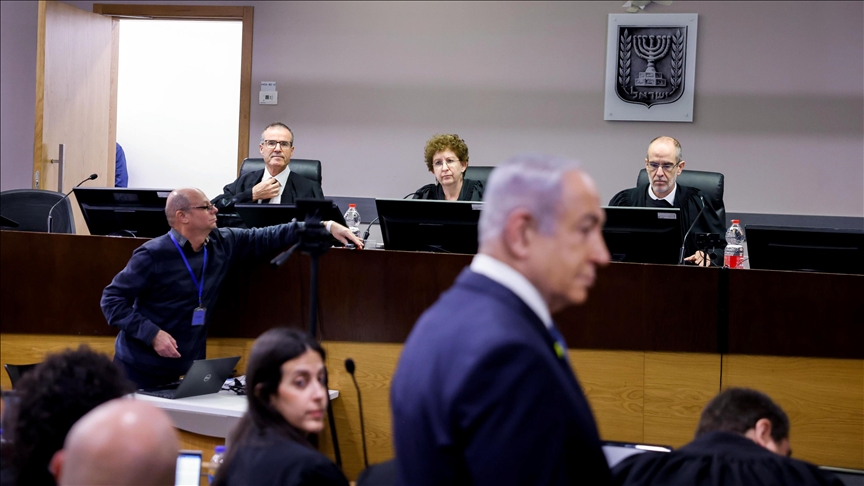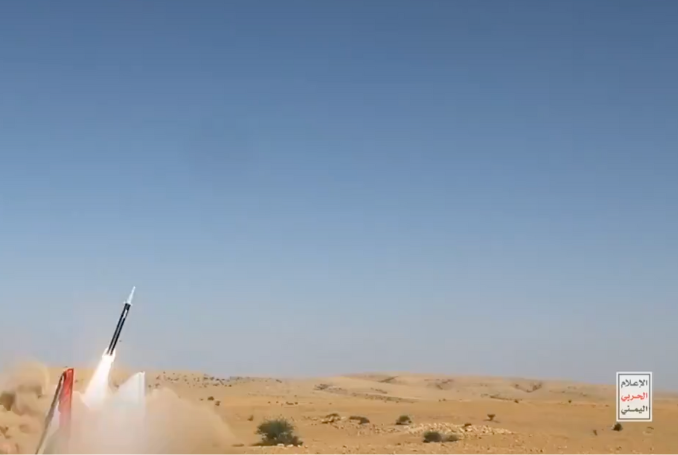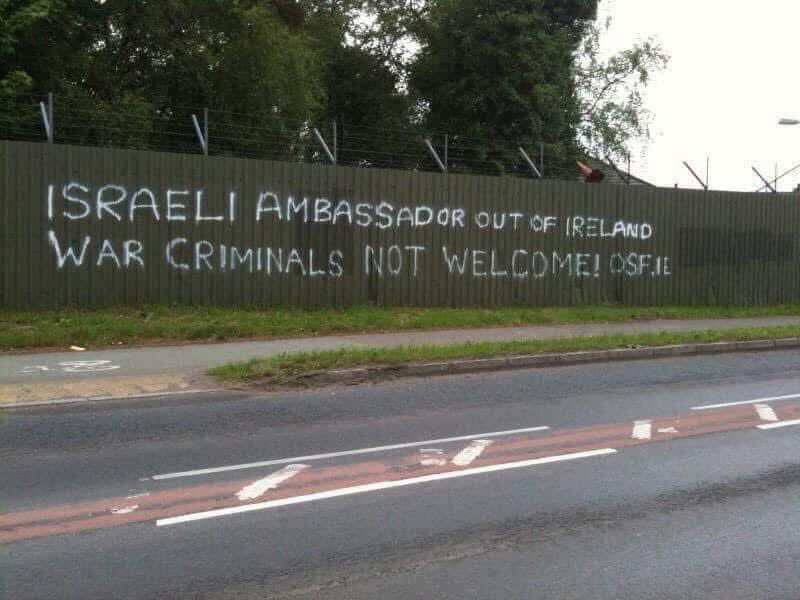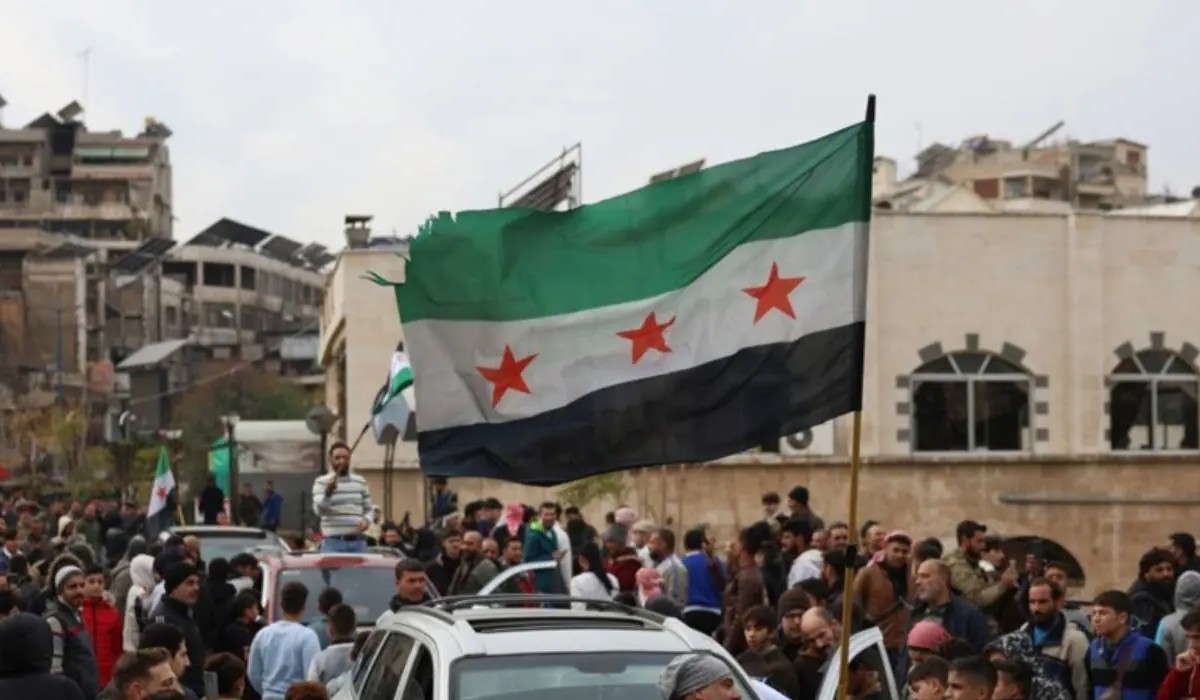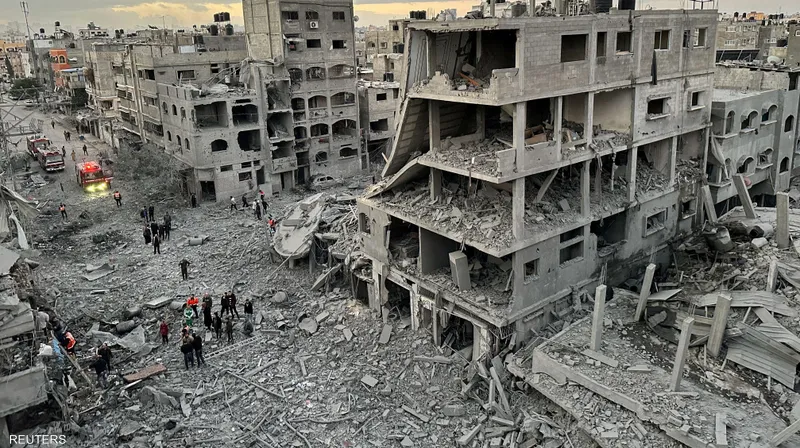30 Israelis Injured as Yemeni Supersonic Missile Strikes Tel Aviv
About 30 Israeli settlers were injured by a supersonic missile fired from Yemen that landed in Tel Aviv, early Saturday morning.
Israel’s Hebrew Radio said 30 Israelis were injured by a rocket fired from Yemen on Tel Aviv, while dozens panicked as they fled to underground shelters.
The missile is being described as a direct hit which the Israeli air defences such as David’s Sling and the Cardboard Dome failed to intercept as admitted by the Israeli army in much commentary on the social media
Israeli army spokesman Avichay Adraee confirmed that attempts failed to stop the incoming ballistic missile and the impact activated the alarm bells across central Israel.
Meanwhile the Israeli Haaretz newspaper reported that ambulance teams transferred more than 20 injured settlers to the Wolfson and Ichilov hospitals after a rocket from Yemen fell in Tel Aviv as reported in Quds Press.
The Israeli police confirmed as well that “damage” occurred to a number of homes as a result of the rocket explosion in the Bnei Brak area to the east of Tel Aviv.
Houthi military spokesperson Yahya Saree announced, in a statement, that their fighters carried out “a military operation targeting a military site of the Israeli enemy in the occupied Jaffa area with a hypersonic ballistic missile.”
The announcement was made after the Houthis struck central and southern Israel with multiple drones on Friday and Thursday in response to the Israeli airstrikes on Sana’a and Al Hudaydah in Yemen.
Since the war on Gaza was launched soon after 7 October, 2023, the Houthis struck Israel with 200 missiles and more than 170 explosive drones.


